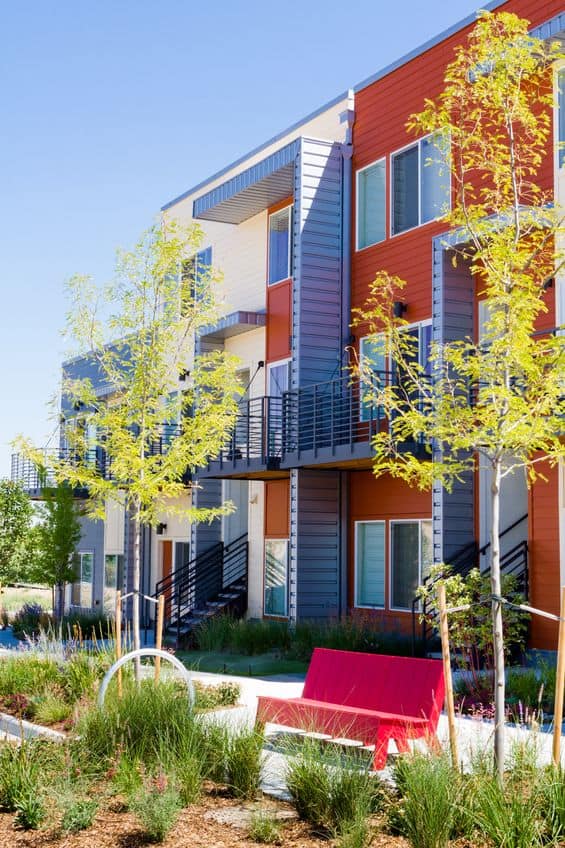COVID Hits Class C Apartments Hard

“Maybe multifamily holds up better if it’s not C class,” Reiter says. “But C is not weathering the storm as well because its [renter] demographic is more likely to be unemployed and less likely to be able to make payments.”
The resident profile of Class C apartments is what gives Reiter some reason for concern. “That [issues in C] really has to do with the demographic that is the renter and that directly is related to unemployment claims,” Reiter says. “Those people tend to work in hospitality and restaurants and bars and airports. That’s the demographic where you see the most job loss.”
If there are even more widespread retail closures, more workers could lose their jobs. Add in the fact there is still no relief bill from Washington, and things look even grimmer. “Once unemployment runs out, I think they [retail workers] will be damaged more severely,” Reiter says.
While apartments have seen rents payments soften, things could be worse. “The one thing that these guys have going for them that you don’t have in hotel and retail right now is, they’re not losing all of their occupancy,” Manus Clancy, senior managing director and the leader of Applied Data, Research, and Pricing departments at Trepp, says. “Hotels went from 70 percent occupancy to 10 percent, and almost all their revenue was lost. And in retail, all of it was lost when malls closed.”
Even if apartments remain fairly full, large vacancy drops could cause issues with loans. “In apartments, maybe some places will go from 95 percent to 75 percent, which may not be enough for owners to cover their payments,” Clancy says.
Apartment operators have reacted to COVID-19 by not pushing rents and putting the brakes on value-add improvements, according to Reiter.
“If you’ve got 80 percent retention, you don’t have enough turnover to get to the units that haven’t been turned yet to improve them and bump the rent,” Reiter says. “So, the good news is you’re full. The not-as-good news is you’re not pushing rent increases that hard, and you don’t have the units becoming available when you thought you would be able to improve them.”
But then again, with unemployment so high, rent bumps would be hard to achieve anyway. “You’re not getting the same kind of value creation just because you don’t have as many people moving, and you’ve got some people on payment plans,” Reiter says.
Reiter says the eviction moratoriums also work against value-add plays. “There are a number of cross-currents working against the value-add space right now, but those aren’t going to be permanent,” he says. “It’s just where we are today with unemployment, payment plans and deferrals.”
Source: globest.com















 Accessibility
Accessibility